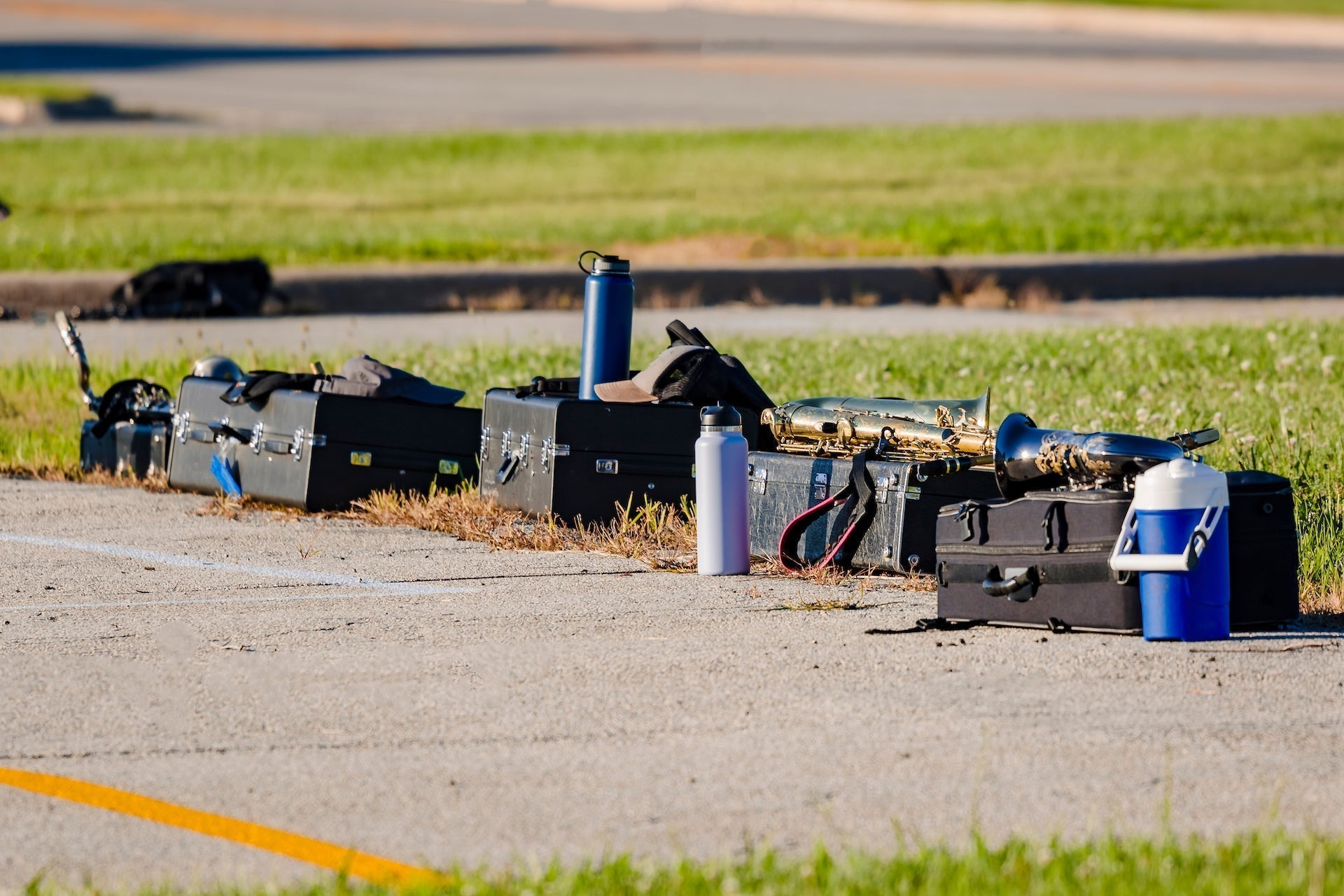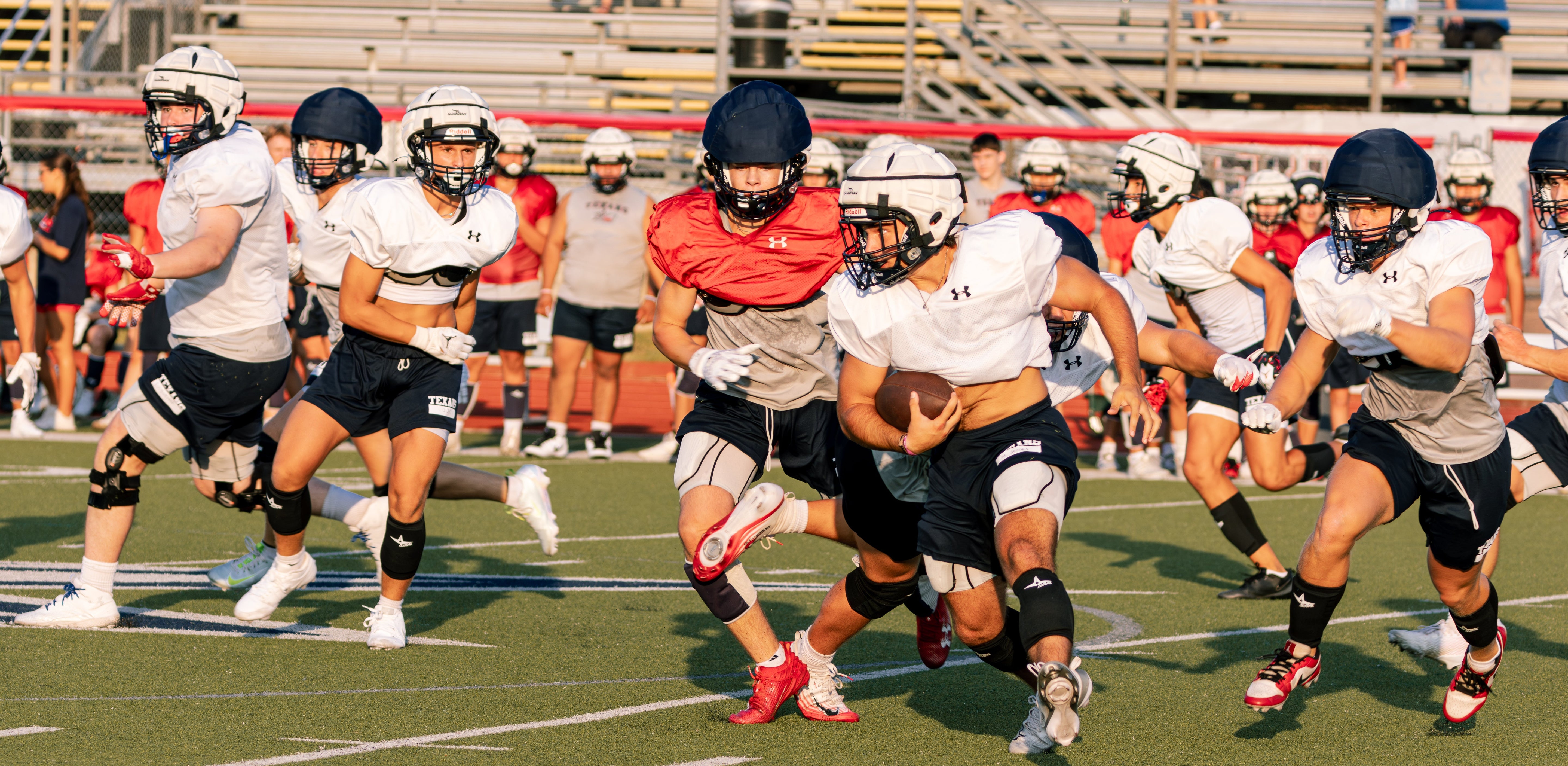
Heat Isn’t Just a Game: How Even Summer Band Camp Can Be Too Hot
When eleven members of Tupelo High School’s marching band were hospitalized during summer band camp, it put a spotlight on a broader problem: heat risk isn’t exclusive to athletes. These students—carrying heavy instruments, rehearsing under the sun, exerting effort under preventing-heat protocols—ended up in the ER even though conditions were "within safety," as defined by WBGT (Wet Bulb Globe Temperature) guidelines.
Local officials confirmed that all students were evaluated and released without serious injury. The school relied on Mississippi’s WBGT-based rules, which allow outdoor activity under moderated thresholds. But as this incident shows, those guidelines didn’t fully protect these kids—suggesting that even well-intentioned protocols can fall short in rapidly changing conditions.
This case serves as a powerful reminder: whether it’s marching band, dance rehearsal, summer camp, or outdoor clinics, physical activity in high heat affects a wide range of groups—not just sports teams. Carrying instruments, wearing uniforms, repeating long drills—all of that can generate sizzling internal heat loads even when environmental measures seem acceptable.
Individual athlete-level biometric visibility matters in settings like these. WBGT measures ambient heat factors like humidity and solar load—but it can’t reveal how each individual’s body is absorbing and coping with heat under activity. That’s where continuous wearables and sensor platforms such as HeatSense come in. By monitoring core body temperature, skin temperature, and heart rate in real time, HeatSense translates external risk into a personalized physiological picture—long before anyone experiences signs of heat illness.
Imagine band directors receiving alerts when a group’s average recovery drops or core temperature rises beyond expected thresholds. Instead of relying solely on ambient thresholds, they would have real-time signals tailored to individuals. This kind of visibility could inform immediate cooling breaks, hydration protocols, or activity pacing decisions—especially important when traditional guidelines don’t account for exertion or equipment load.
In a warming world where extreme heat events are becoming more frequent and intense, we can’t assume that ambient thresholds automatically ensure safety for all participants in outdoor activity. The Tupelo band camp episode underscores that requirement. Systems like HeatSense provide the missing layer of physiological awareness needed to protect everyone—not only athletes, but students, campers, and performers.
Sources
- WTVA, “11 Tupelo band members taken to hospital and released because of heat” – July 28, 2025
- Magnolia State Live, “Eleven Mississippi high school band members transported to hospital” – July 29, 2025
- Fox13 Memphis, “Eleven band members taken to hospital amid practice in Mississippi heat” – July 29, 2025

